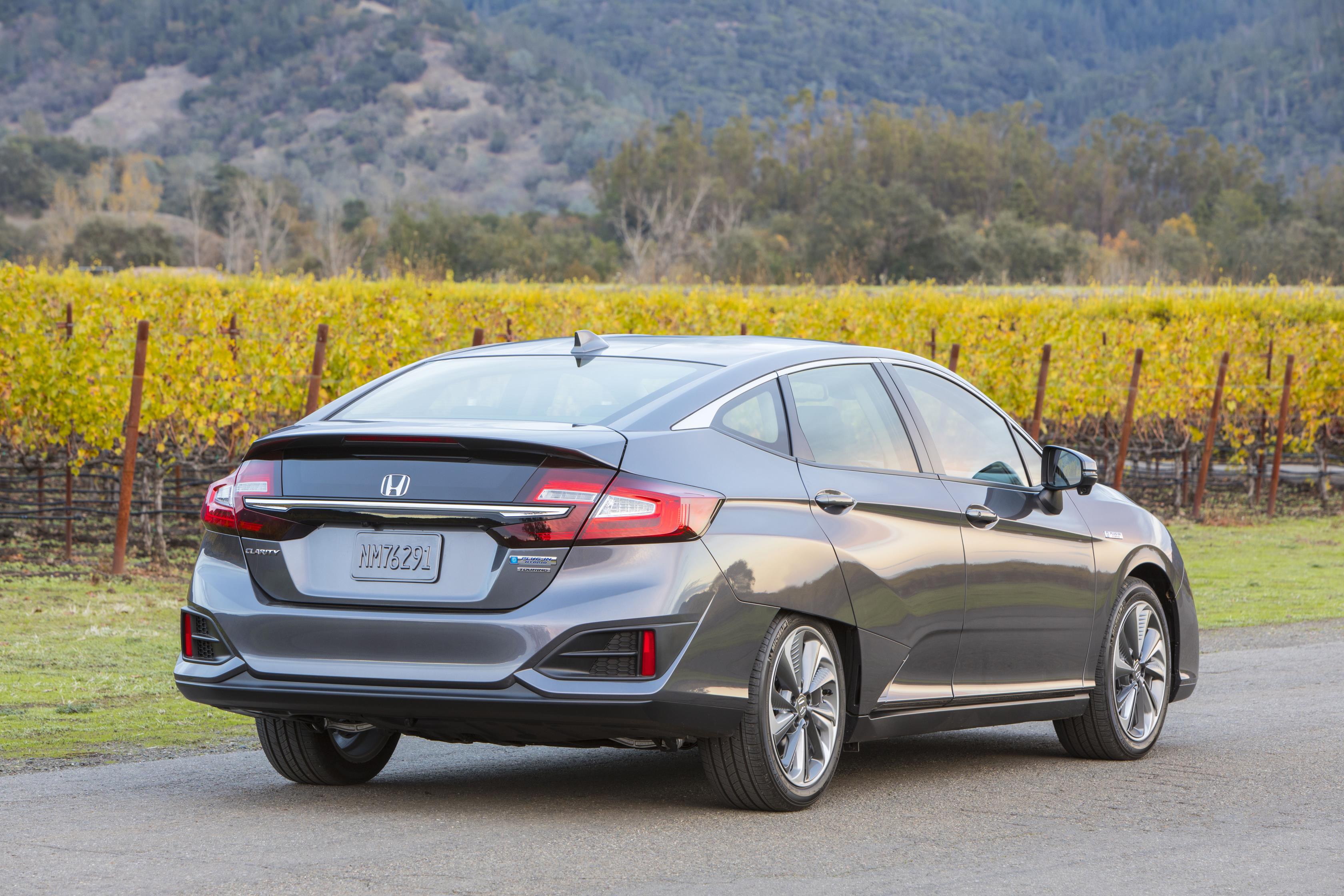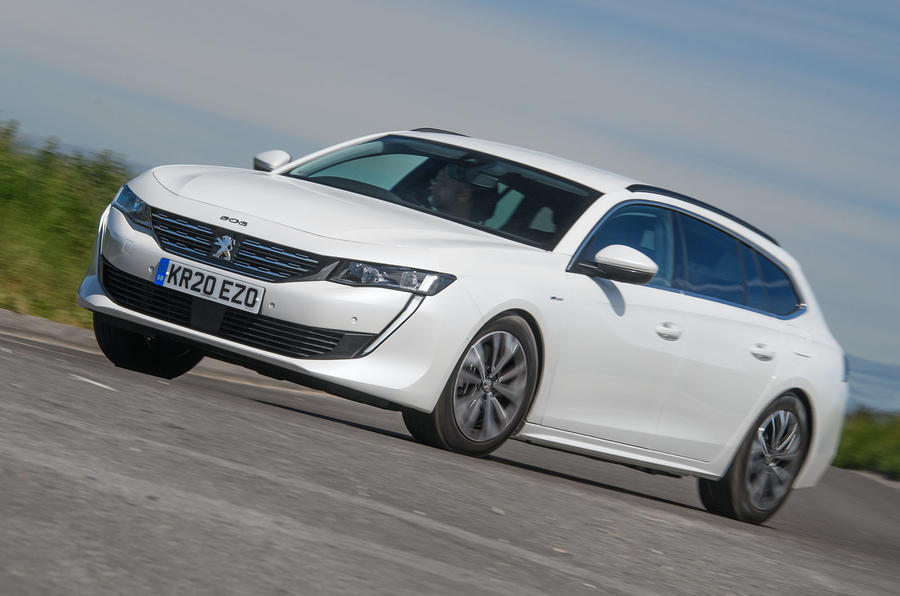

While company car drivers may like the sound of an e-Niro, the PHEV’s numbers aren’t to be sniffed at. Topping up the 8.9kWh battery at home is likely to cost you less than a pound, but doing 35 miles on petrol power would probably set you back a fiver. To recap, the Niro here is available as a Hybrid (no plug and very limited electric running), a plug-in hybrid (driven here with a 36-mile electric range), or as the hugely oversubscribed, fully electric e-Niro, which will do 282 miles on a single charge.Īt this point, the fuel economy read-out showed 144mpg (the official figure is a rather incredulous 201.8mpg), but there’s no doubt that if you regularly put your Niro PHEV on charge, it will reduce your running costs considerably. This works well for Kia, since it now (alongside sister company Hyundai) offers one model with three electrified options, hoping that, once you’re hooked, you’ll stay with the brand for all your EV needs.

Best plug in hybrid 2020 full#
The fact is, most people who buy plug-in hybrids eventually take the plunge on a full EV at a later date. You’ve got the ability to run on pure-electric power for short bursts or urban commuting, with an engine on board for longer journeys or a bit of extra power. It’s not cheap to buy, but there are good tax and fuel savings to be had, especially if your journeys are mostly short ones.įor many, a plug-in hybrid is the ideal stepping stone towards a fully electric future. This car is simple to live with, will be cheap to run if you can plug it in regularly, and is well equipped. Scoring for pure electric vehicles will be based on range and charging time.Given the length of the waiting list for the fabulous pure-electric Kia e-Niro, this plug-in-hybrid version is a worthy alternative that will suit many buyers looking for an easy driving experience matched with low running costs. Some models will get extra points for offering a hybrid or other more fuel-efficient powertrain within the model lineup. Fuel Economy (20 points) The fuel economy score is based on the combined mpg estimate for the model’s base trim with an automatic transmission, according to the Environmental Protection Agency or the manufacturer if EPA has not confirmed data. Cars with official crash data gain points for a five-star overall rating by the NHTSA, or Top Safety Pick/Top Safety Pick+ status by the IIHS. Vehicles not yet rated by either agency will not lose points.ĥ. Safety (20 points) The safety score is based on three elements: crash test results from the National Highway Traffic Safety Administration and the Insurance Institute for Highway Safety the number of standard advanced driver-assistance safety technology features, such as blind spot monitoring, forward collision warning, emergency automatic braking, lane keeping assistance and adaptive cruise control and visibility. Cars may also lose points for substandard features, or for making certain features only available on pricey option packages of poor relative value.Ĥ. Extra points may be awarded for exceptional available or standard features or user-friendly infotainment setups. Price also is a consideration as is execution and efficacy. Features are objective and compared against the number and type of standard and available features in segment and competitive set. Cargo space also is based on measurements relative to segment and competitive set as well as functionality and usability. Comfort can be subjective, but the reviewer also considers passenger space measurements compared with the segment and competitive vehicles. Comfort and Convenience (20 points) An assessment of the car’s interior comfort, features and cargo space.

While driving, reviewers also look for a melding of attributes relative to the expectations set by the manufacturer about the specific vehicle and by consumer expectations of the segment.ģ. Reviews also thoroughly consider the manufacturer’s data when comparing similar vehicles within the competitive set. Towing capability for trucks and SUVs also is a consideration. Performance (20 points) An assessment of a car’s handling, braking, acceleration, ride quality and other qualitative performance measures like horsepower, torque, zero-to-60 times and top speed. If the vehicle’s interior trim panels are loose, the switchgear feels cheap and the fitment and gaps of the panels are big and inconsistent, the rating will reflect these observations.Ģ. Looks and styling are largely subjective, but a reviewer can still make general observations that hold a degree of objectivity. Styling (20 points) An assessment of the car’s overall design, styling and build quality, inside and out. Methodology Our evaluation covers five areas:ġ.


 0 kommentar(er)
0 kommentar(er)
